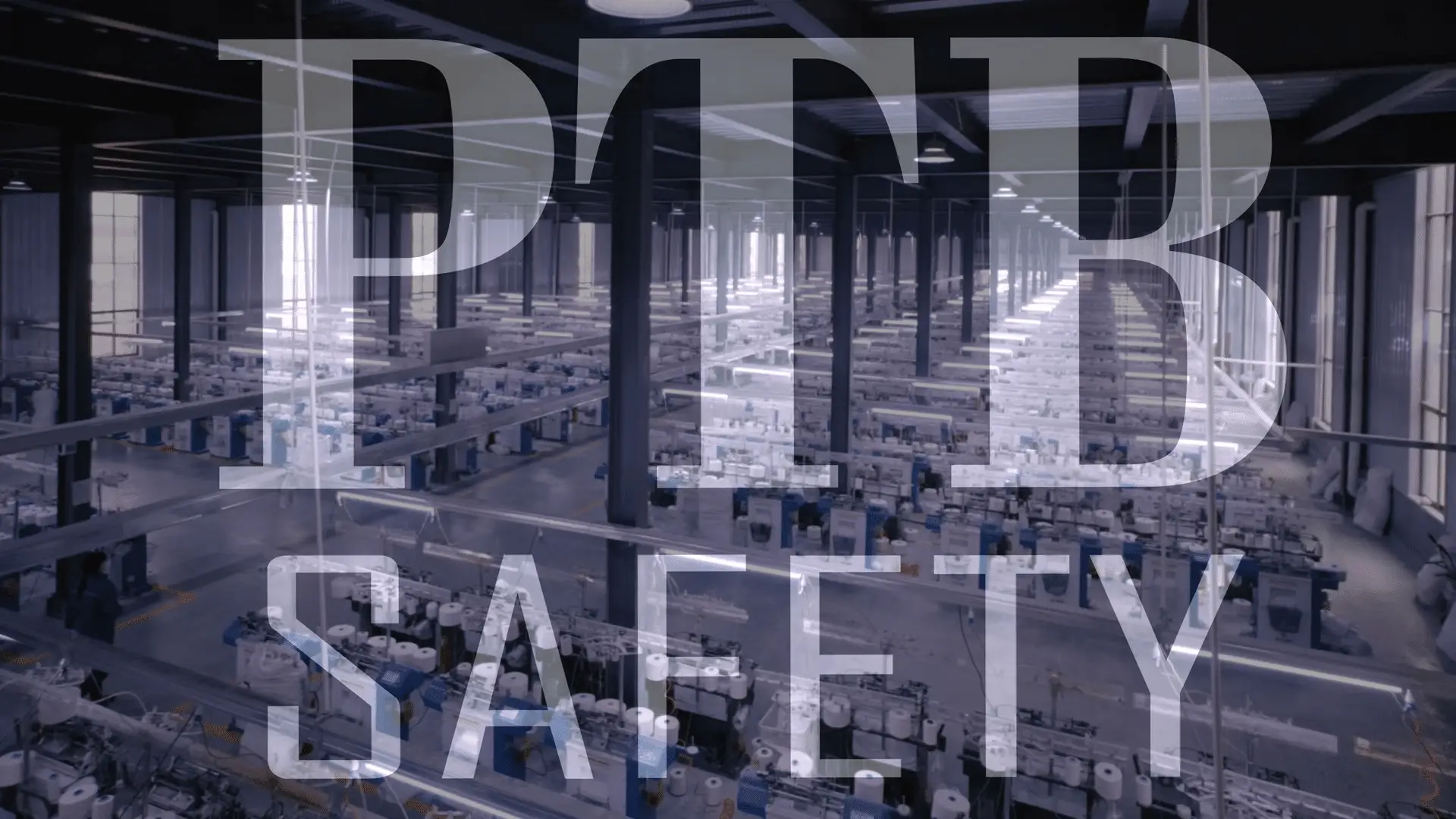
What is the construction industry?
Construction is a sector of the economy that includes the planning, design, construction, and maintenance of structures such as buildings, roads, bridges, tunnels, and other infrastructure. It includes a wide range of professionals and skilled tradesmen such as architects, engineers, project managers, builders, electricians, plumbers, carpenters, etc.
Construction is critical to the growth and development of modern society because it provides the necessary infrastructure for commerce, transportation, housing, and other activities. It can also have a significant impact on the economy, providing jobs and opportunities for small businesses and contributing to the growth of local and national economies.
What dangers does a worker meet in the construction industry?
The construction industry can be a hazardous workplace, with workers facing a range of potential dangers. Some of the most common risks and hazards in the construction industry include:
- Falls: Construction workers may be at risk of falls from heights, such as from ladders, scaffolding, or roofs.
Struck by objects: Workers may be at risk of being struck by objects such as falling debris, tools, or equipment.
Electrocution: Workers may be at risk of electrocution when working with electrical equipment or wiring.
Caught in/between objects: Workers may be at risk of being caught in or crushed by machinery or equipment.
Chemical hazards: Workers may be exposed to hazardous chemicals such as asbestos, lead, or silica.
Heat stress: Workers may be at risk of heat exhaustion or heat stroke in hot weather.
Musculoskeletal injuries: Workers may suffer from injuries due to repetitive motions, awkward postures, or heavy lifting.
Noise exposure: Workers may be exposed to loud noise levels, which can cause hearing damage over time.
To prevent these hazards, workers need to receive proper training and personal protective equipment (PPE), and for employers to implement safety measures such as fall protection systems, machine guarding, and hazard communication programs.


